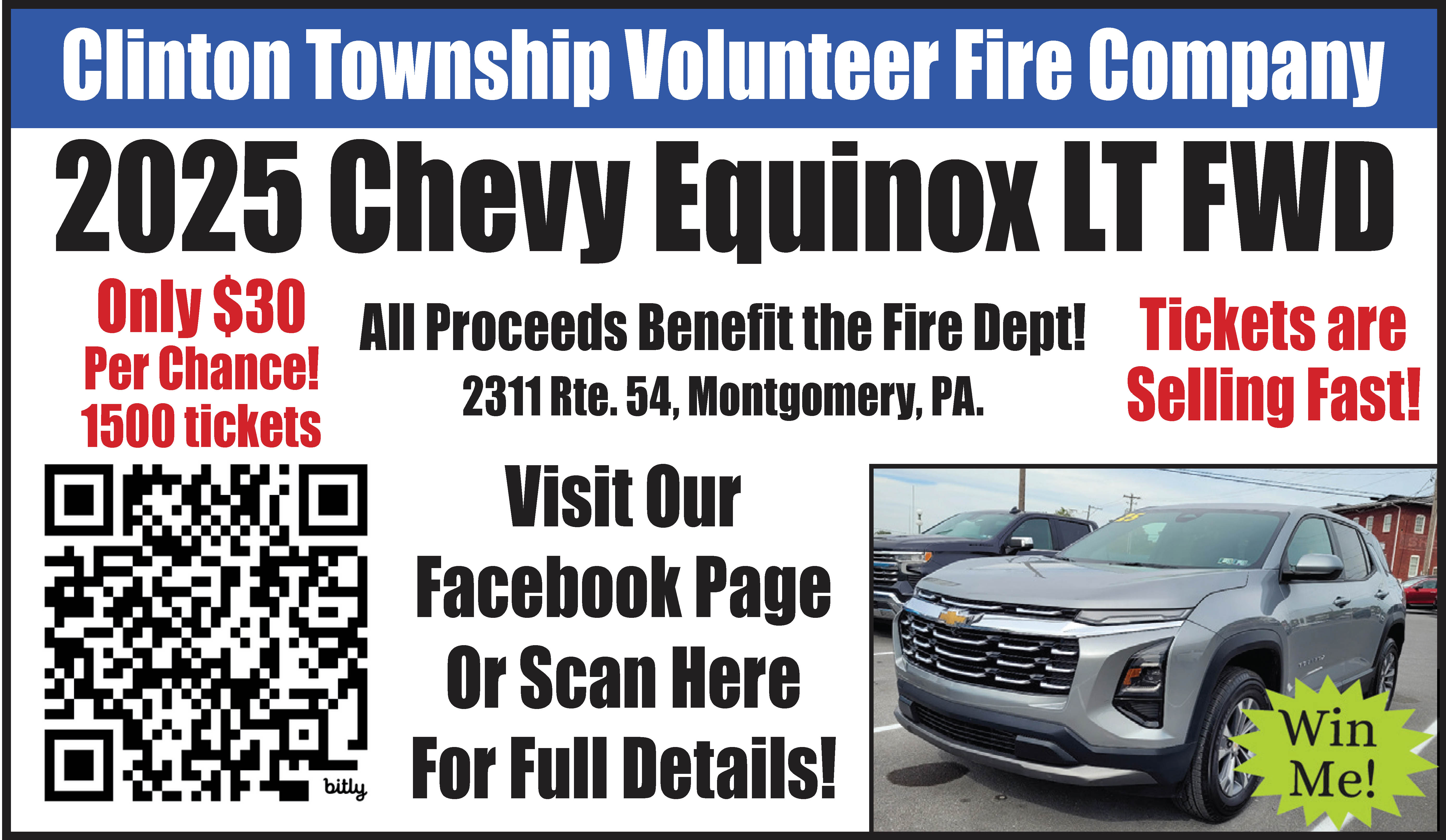I have always been around hunting and shooting sports. I grew up around a shooting preserve, aiding my uncle Raymond P. Sones in the feeding and care of pheasants, chucker partridge, and bobwhite quail. For my family, hunting and conservation go hand in hand. My dad always taught me to pick my shot and not to shoot for the heap. He’d always tell me if you can’t get a good shot, let it go.
Most importantly, he and my uncle Ray taught me how to be safety conscientious. They instilled in me concepts like making sure to always identify your target and making sure there is a backdrop. For many 12-year-old boys, taking the hunter’s education course and going hunting was a rite of passage. This was before mentored hunting existed. I was always taught that hunting was a vital part of wildlife conservation. Or at least I thought it was…
Hunting as conservation is the selective harvesting of game to control the population. The Pennsylvania Game Commission recently lifted the 3-license limit for antlerless deer. Now a hunter can receive up to six unfilled antlerless licenses at a time. This is in addition to their buck tag. There is no limit on the total number of licenses a hunter can obtain in a license year. As long as licenses remain available and a hunter holds fewer than six unfilled antlerless licenses, the hunter can purchase another (but must first report those they harvest).
The Game Commissions Board of Commissioners, in a press release, claims that allowing antlerless hunting throughout the season (it is now concurrent for the full two weeks of rifle deer) is not to increase the antlerless harvest. They further state that the deer population is managed through the allocation of antlerless licenses. This is contradictory. In one breath, they say that it’s not to increase the antlerless harvest. Then they also lift the three-license antlerless limit, which is going to increase the antlerless harvest.
I might be able to understand if it were specific to areas that were affected by Chronic Wasting Disease (CWD). That’s not the case, though. The game commission cited 2A and 4A as having 16,000 antlerless tags leftover. The problem is, in trying to distribute the remaining tags more widely in certain WMUs, they are applying this statewide. So, in WMUs like 4E, where my dad and I hunt? This is going to have an adverse effect where the deer population isn’t as high, to begin with.
The ramifications of this decision are many. One individual on Talkback 16 said how he and his daughter would each get six deer apiece. That’s 12 deer for just two people. Imagine if others have the same mentality. Yet, people who are eager to knock off six or more deer will also be among the first to complain when there are no deer. You shoot off all the does — you’re also shooting next year’s stock.
I had a chance at two does last year. I let them go because they were small. How many would do the same? There are people that will feel obligated to fill these tags just because they have them. That’s not hunting, that’s not being a sportsman — that’s greed. And how many of those deer that end up being harvested as a result of this will actually end up being consumed/used before becoming freezer burnt or going to waste?
I feel this ultimately comes down to money. If they are doing this because of low license sales? The Game Commission may get a rude awakening when they see license sales decrease further because of a lack of game to hunt. This is the same Game Commission that tried to charge for a digest with rules/regulations. It’s also the same Game Commission that charges for a pheasant stamp while closing two of its pheasant farms. It’s going to be a vicious cycle. Because licensing is what generates revenue to sustain conservation programs. Hunters aren’t going to buy licenses when there isn’t game to be hunted. My friend and I do a fair bit of rabbit hunting, and we try to be mindful of how many rabbits we harvest from an area because it can quickly become shot out. Conservation and stewardship of the wildlife and sport we care about is as much our shared responsibility as it is the Game Commission’s, even more so now.




Leave a Comment
Your email address will not be published. Required fields are marked with *